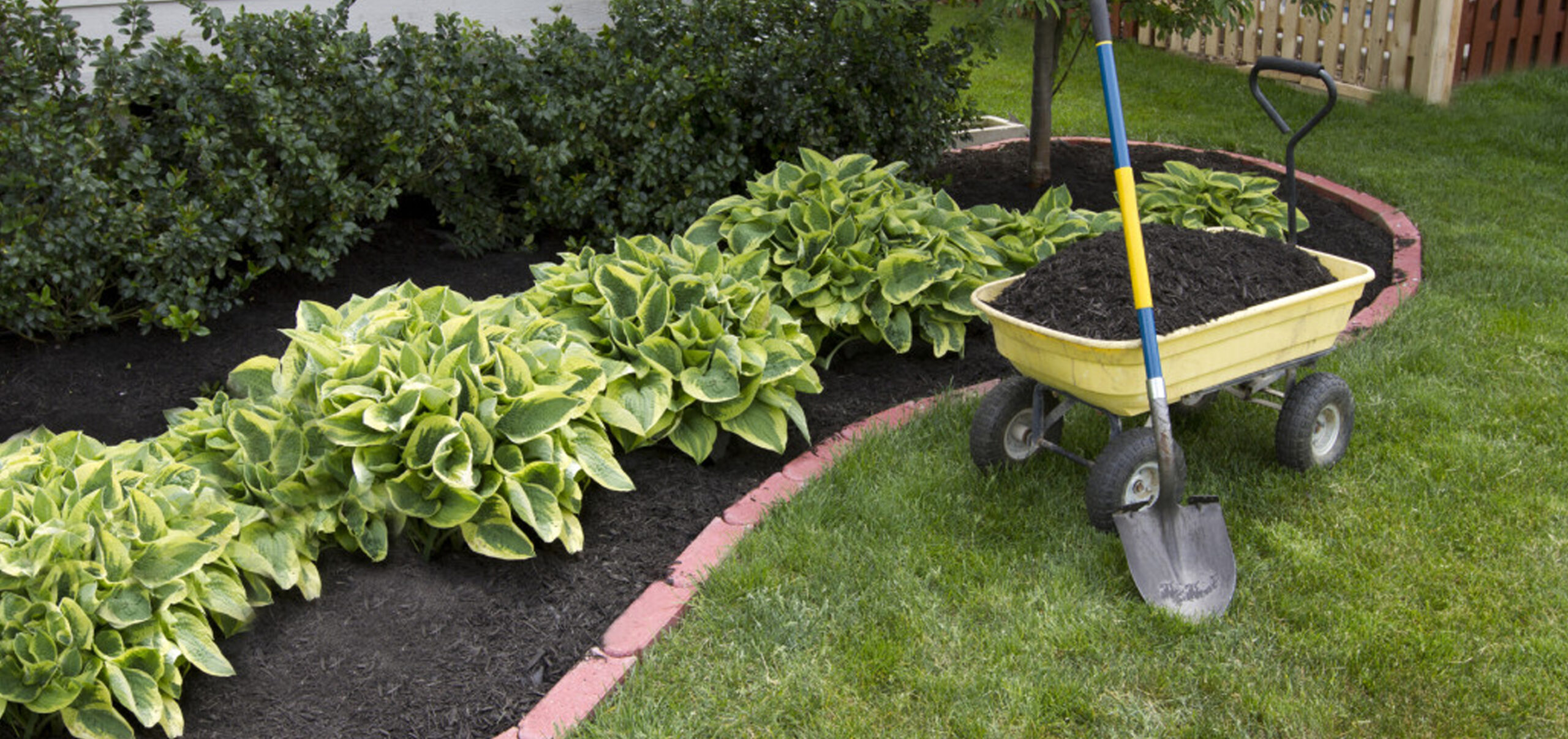Topsoil is the top layer of soil in your garden, lawn, or field. It’s the most important soil layer for plants because it contains the most nutrients and organic matter, which are essential for healthy plant growth. But what exactly is topsoil?
How do you know if you have good-quality topsoil in your yard? And how can you use it to get the best results when gardening or landscaping? Let’s take a look.
What Is Topsoil?
Topsoil is the topmost layer of soil on your property and typically has a dark brown color. It’s made up of organic matter such as compost, decaying leaves, and other materials.
This organic matter adds important nutrients to the soil that plants need to grow healthy and strong. The topsoil also helps retain moisture so it can be used by plants during dry spells.
How Do I Know If I Have Good Quality Topsoil?
Good quality topsoil should be light and crumbly with a pleasant earthy smell. It should also be free of weeds, rocks, sticks, roots, and other debris that could interfere with plant growth.
If your topsoil isn’t up to par, consider adding some compost or fertilizer to help give it a boost. You may also want to test your soil’s pH levels to make sure they are within an acceptable range for whatever plants you plan on growing (most plants prefer a neutral pH level).
How Can I Use Topsoil In My Garden Or Landscape?
Topsoil is an incredibly versatile material that can be used in many different ways in both gardens and landscapes—from planting vegetables to laying sod and everything in between.
For example, when laying sod you will want at least two inches of good-quality topsoil beneath it so that the grass has plenty of room to spread its roots into the ground.
When planting vegetables you will want at least six inches of good quality topsoil so that the vegetables have plenty of room to grow their roots into the ground (and don’t forget about adding some compost or fertilizer too!).
Of course, there are many more uses for topsoil including filling low spots in lawns or creating flower beds.
Wrap Up
Regardless of whether you’re just starting out with gardening or have been landscaping for years, understanding what goes into making good-quality topsoil is key to getting great results from your efforts.
Knowing how much topsoil you need for each project will ensure that your plants have enough nutrients and space for their roots to spread out into the ground — leading to healthier plants overall.
So next time you start a new gardening or landscaping project think about how much quality topsoil will be needed first — then go from there.
BONUS: How to Calculate Topsoil?
Trying to figure out how much topsoil you need for your next project? You’re in luck. We have several online calculators that can help you determine the necessary volume of topsoil. Simply enter the dimensions of your project area, and the calculator will do the rest.
In addition to length and width, you’ll also need to specify the depth of topsoil desired. Once you have all the necessary information entered, just click the “Calculate” button and the calculator will give you the volume in cubic yards.
With this information in hand, you can be confident that you’re ordering just the right amount of topsoil for your needs.

